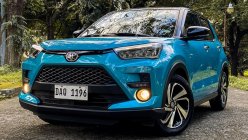The LiteAce was the first van offered by Toyota in the Philippines, making it the predecessor to the Hiace that we know today. To be specific, its plain-old “LiteAce” variant was released locally back in 1989. As such, the LiteAce predates the Hiace as the latter was introduced locally later in 1995. For that matter, the LiteAce van model also filled in what the multi-purpose vehicle (MPV) is offering consumers nowadays: a reliable people-carrier with an abundance of interior space.
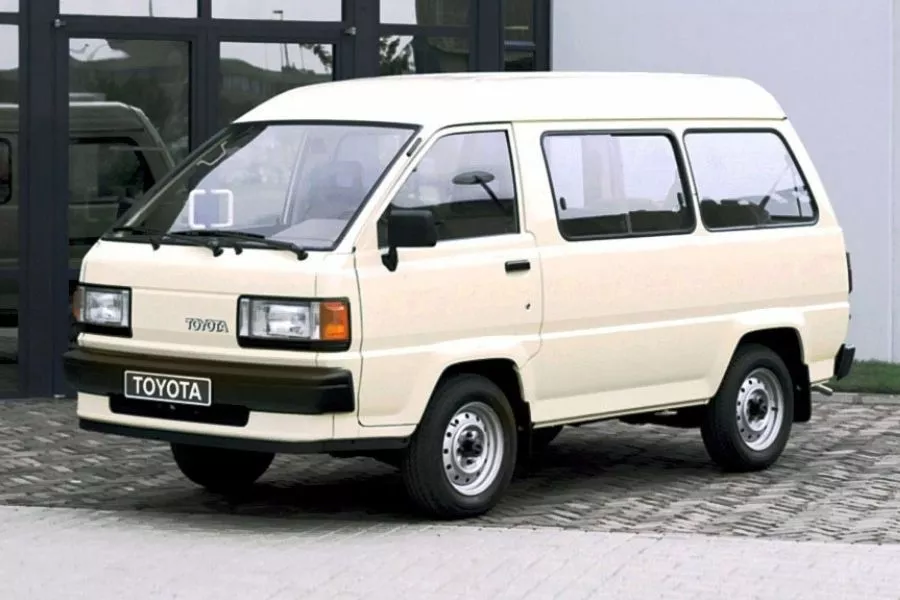
The non-GXL variant LiteAce released in the Philippines back in 1989 [Image source: favcars.com]
The older generation is probably familiar with the aforementioned facts. Some of you might have had the pleasure of riding the LiteAce or driving one back in the day. And of course, most of the 90s kids that are reading this might have ridden on one which functioned as a school bus. As such, many people will have a soft spot for this van, and it might even awaken some fond memories of the days of one’s youth.
Before being released in the Philippines however, the LiteAce’s first- and second-generation versions were unavailable locally. Sure, there were some imported models that were running around at that time, but it wasn’t until the third-generation version of this model when we got our hands on it.
There are two versions of the Philippine-spec LiteAce. The earlier one, known simply as the “LiteAce” was a front-engine, rear-wheel-drive, eight-seater van propelled by a 1.5-liter 5K eight-valve, inline-4 gasoline engine. Mechanically, it was as simple as a brick. Fuel was delivered via a carburetor, and it only made 64 horsepower and 110 Nm of torque. While it wasn’t powerful, the 1.5-liter 5K mill was simple to fix, and was known to be very reliable.
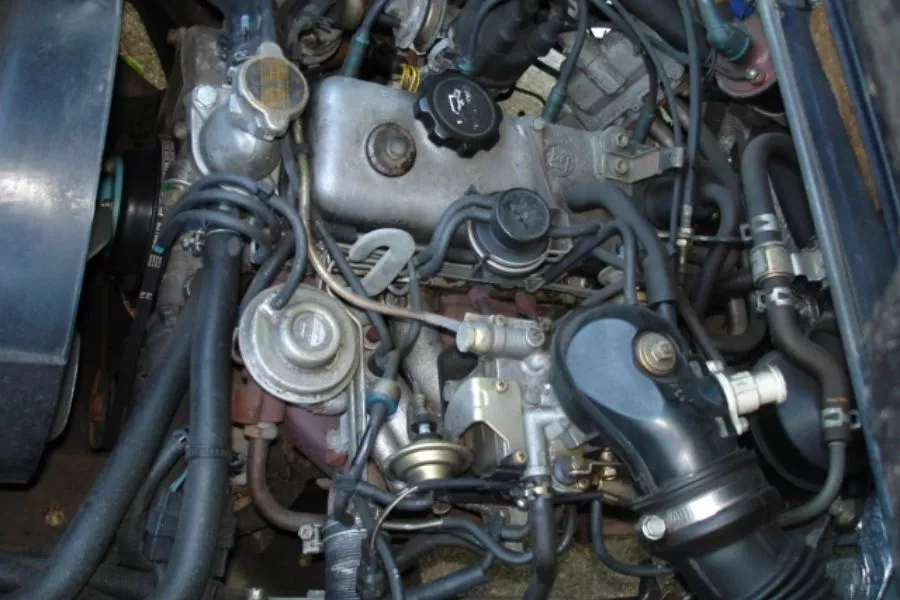
The Toyota LiteAce's simple, 1.5-liter carbureted gasoline engine [Image source: Vaa, Wiki Commons]
As a testament to this, one can see one or two of these vans running around in the Philippines. Of note, the 5K, and the Toyota K-series in general is a very popular engine. It was made until 2007, and Toyota sold a lot of models that used this series of engines.
In today’s van standards however, the LiteAce is a tad spartan inside and out. It rode on a set of tiny 13-inch alloy wheels, and it came with a simple dial-type manual air-conditioning system. It did have an AM/FM and Cassette audio system, which was par for the course when it came to cars of its era.
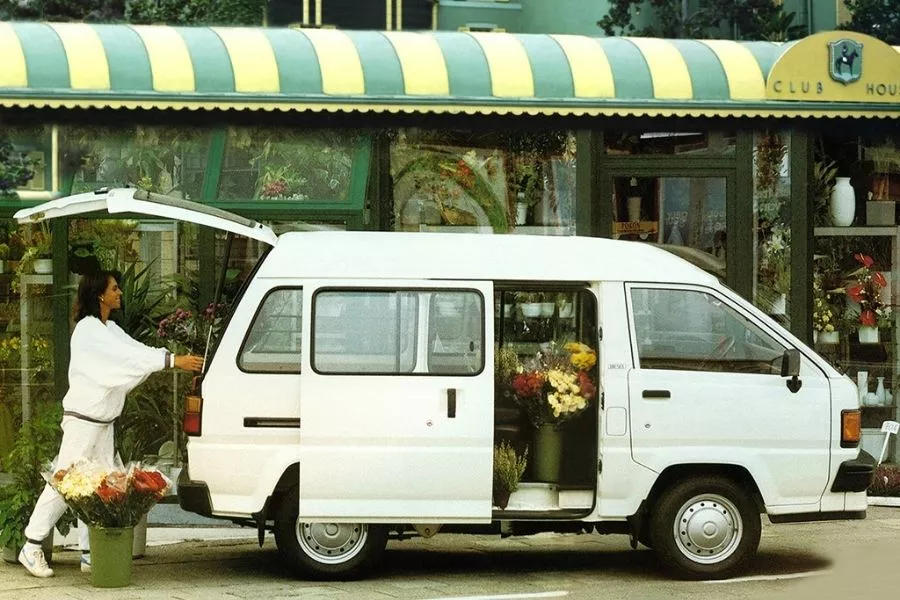
Like its modern counterparts, the LiteAce provided oodles of space [Image source: favcars.com]
Later in 1993, Toyota introduced the LiteAce GXL. Now this newer model used the same engine, the same chassis, and the same double wishbone and multi-link front and rear suspension system as the 1989 version. However, it was fitted with power steering, power door locks and power windows, as well as power mirrors. As far as looks went however, the only thing that distinguishes it from the older variant, is a body sticker.
Do you have good memories of the LiteAce? Would you like the chance to drive and/or ride one today?
For more nostalgic articles like this, as well as the latest car news, and car reviews, keep reading here on Philkotse.com.
Know more about Toyota Lite Ace 2025

The Toyota Lite Ace is a light commercial vehicle. It was introduced to the local market by Toyota Motor Philippines on July 15, 2022, and it comes in August with different variants.
Powering the Toyota Lite Ace is a 1.5-liter inline-4 gasoline engine. At maximum, it can make up to 94 horsepower and 134 Nm of torque.
Size-wise, the Panel Van is 4,045mm long, 1,665mm wide, and 1,930mm in height. The Pickup truck variant meanwhile, is 4,195mm long, 1,675 wide, and 1,920mm tall. The FX utility, then has a length of 4,300mm, a width of 1,675mm, and a height of 2,015. The largest Lite Ace variant is the Cargo utility van, which spans 4,370mm long, 1,675mm wide, and 2,165mm in height.
Locally, the 2023 Toyota Lite Ace competes against the likes of the Suzuki Carry, Mitsubishi L300, Kia K2500, and Isuzu Travis, among others.
>>> New and used Toyota Lite Ace 2025 for sale in the Philippines
Toyota Lite Ace Launch
Initially, the Lite Ace name was released globally way back in 1970. It then enjoyed a great deal of popularity as a simple but capable people carrier in the Philippines from the 1980s to the 1990s.
More recently in July 2022, TMP revived the famed name as a light commercial vehicle. It comes in four forms: a panel van, a pickup truck, an aluminum cargo van, and an FX utility van.
Toyota Lite Ace Exterior
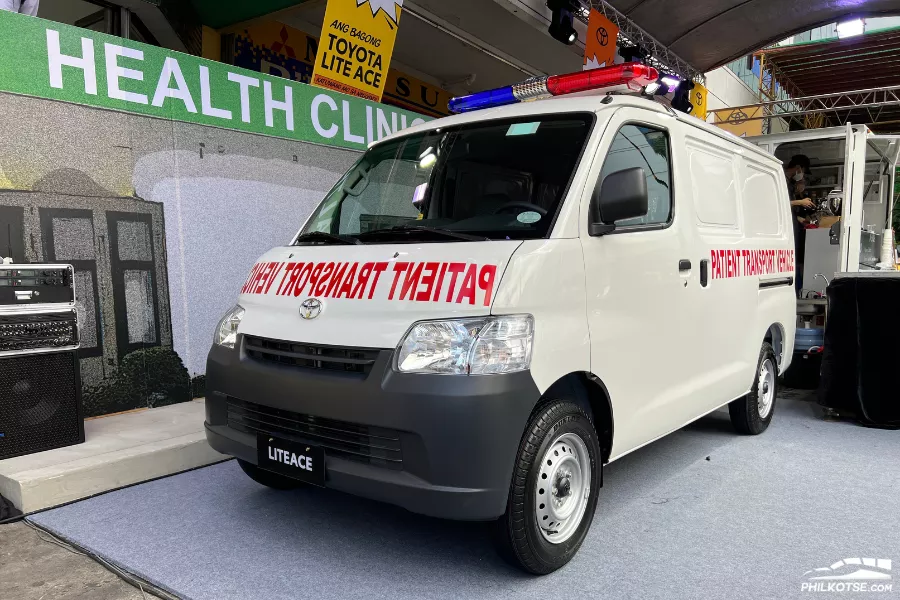
On the outside, the Philippine-spec Lite Ace assumes a simple box-like design equipped with 14-inch steel wheels, halogen headlamps, and halogen taillights. Its front end looks similar to the original Lite Ace as it also comes with a slanting wedge shape.
The pickup truck in particular features a flat bed with dropside capability. The panel van meanwhile has power side and rear doors.
Toyota Lite Ace Interior
As a simple logistics-focused ride, the Lite Ace gets a simple front cabin. Its dash is mostly made of durable plastic, though it has some niceties like cupholders and ample elbowroom. It also has manual air-conditioning, as well as manually adjustable PVC-clad seats.
Technology & Safety Features

For safety, the Lite Ace comes standard with dual front airbags and antilock braking. Both trims also come with seat belts and a steering lock. Only the panel van though, gets stability control.
Toyota Lite Ace Chassis
The all-new Lite Ace falls under the S-series of models just like the Japanese-spec S400 series Lite Ace and Town Ace. Like the model sold in other markets, it also assumes a semi-cab-over-engine body.
For suspensions, the Panel van gets a Macpherson strut for the front, and a five-link type for the rear. The pickup truck version meanwhile, uses leaf springs for the rear.
Toyota Lite Ace Engine

Powering the 2023 Toyota Lite Ace is a 1.5-liter inline-4 engine. This is the same 2NR-VE that the Avanza and Veloz use, though it was detuned to produce up to 94 horsepower and 134 Nm of torque.
All trims of the new Lite Ace are rear-wheel-drive, and they all use a five-speed manual gearbox.
For the Philippine market, the Toyota Lite Ace’s sole color option is White 2.
The Toyota Lite Ace’s features are largely on-par with other similarly sized light commercial vehicles in the market. It also sits in the middle of the pack in terms of power output, with some models being able to trump it solely because they are diesel-powered and have more torque. Hopefully, Toyota PH can also release more variants for the Lite Ace as it only has two currently.
Toyota Lite Ace 2025 Price List
| Variants | Price |
|---|---|
| Toyota Lite Ace 1.5 Panel Van MT | ₱706,000 |
| Toyota Lite Ace 1.5 Cargo Aluminum Van MT | ₱705,000 |
| Toyota Lite Ace 1.5 FX Utility Van MT | ₱758,000 |
| Toyota Lite Ace 1.5 Patrol Vehicle | ₱826,000 |
| Toyota Lite Ace 1.5 Patient Transport Vehicle | ₱951,000 |
| Toyota Lite Ace MPUV Class 1 | ₱1,004,000 |
Toyota Lite Ace Pros & Cons
Pros
- Affordable
- Looks robust
- Ample features
- Decent engine output
Cons
- Only two variants at launch
₱ 645,000 - ₱ 737,000
ExploreRecent posts
- Toyota Philippines price List 2025 May 10, 2023
- Toyota Tamaraw nostalgia cars we miss Mar 18, 2021
- Toyota Hiace 2019: Philkotse's contender for 2019 light commercial vehicle of the year Mar 09, 2022






